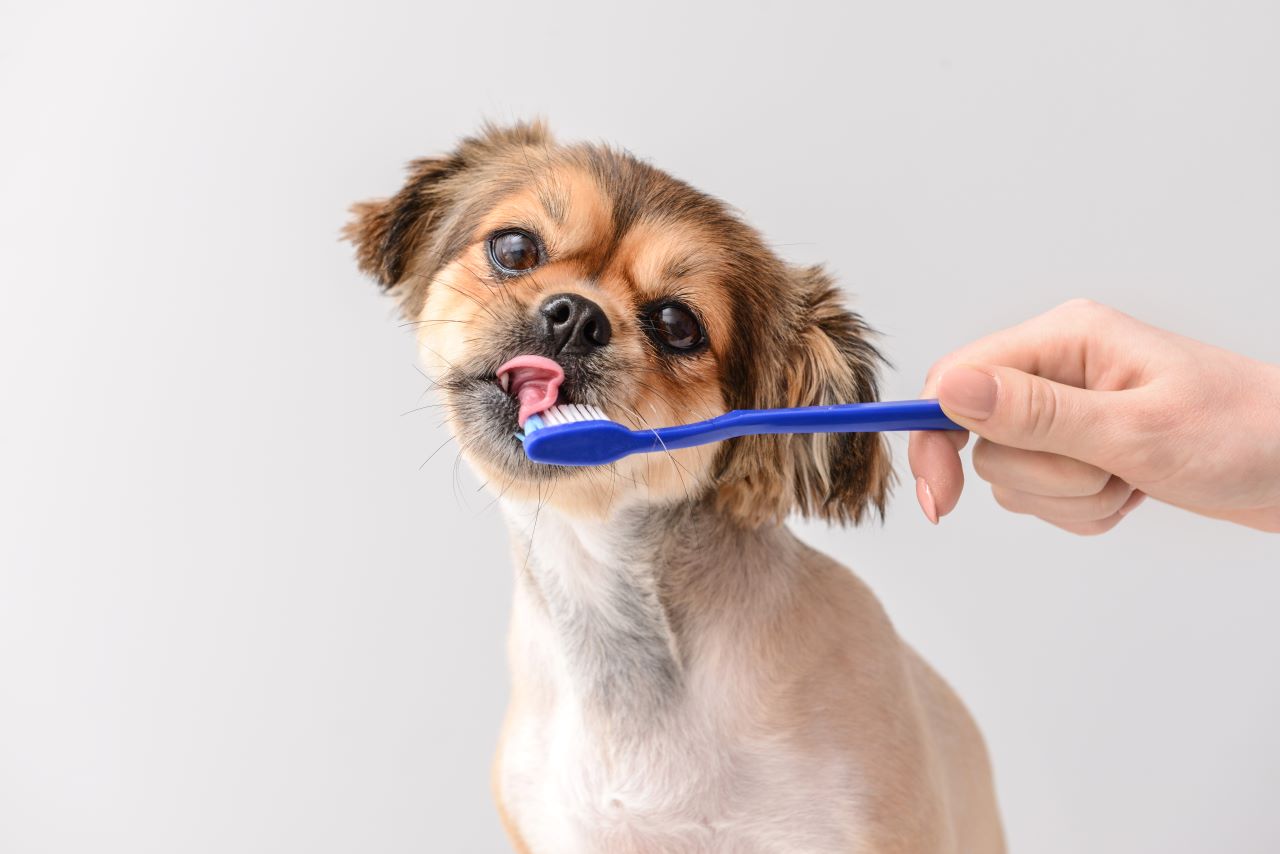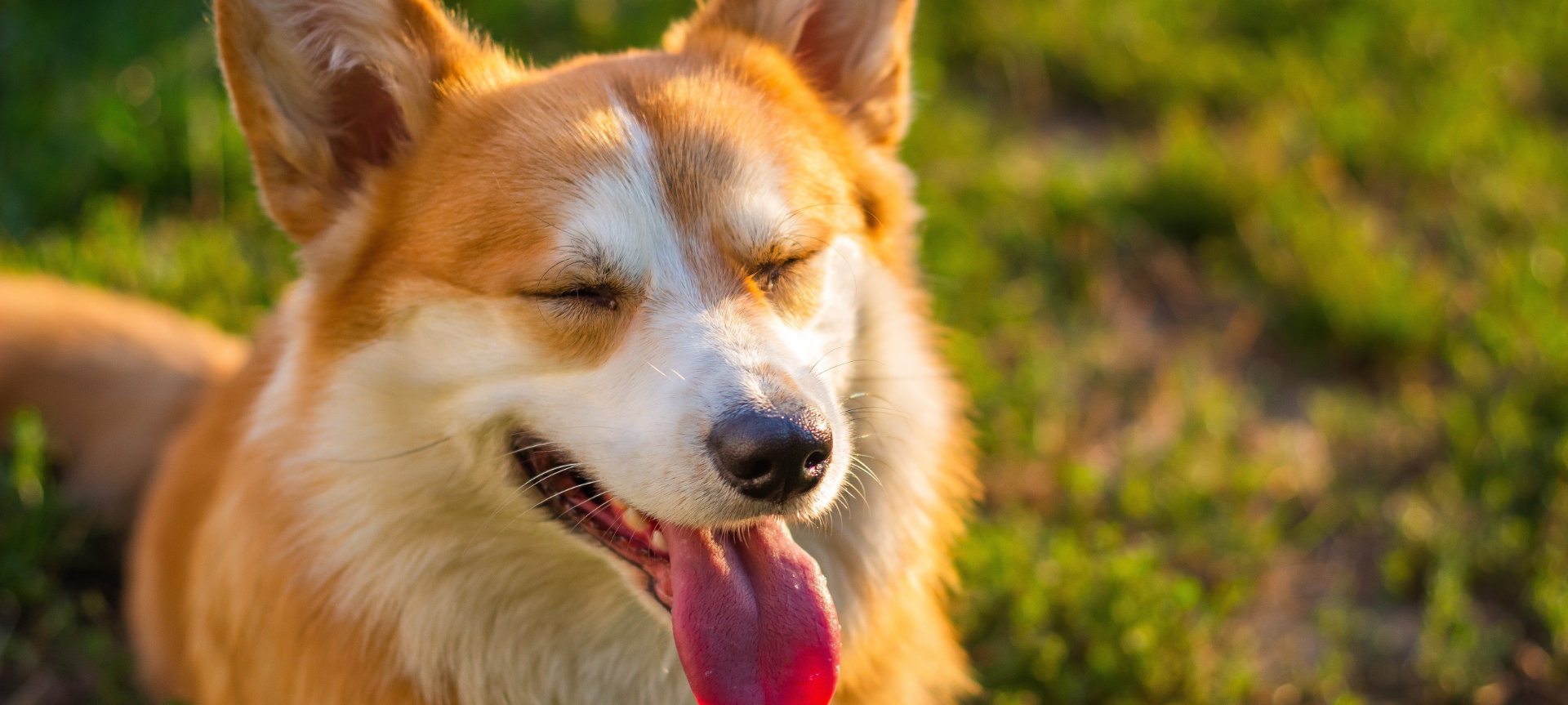
20 Dec Why is Brushing My Dog’s Teeth Important?
Similar to our own dental care routine, where we brush regularly and visit a dentist, dogs need attention to their oral hygiene. Without brushing, their mouths will face problems much like ours would. Plaque builds up swiftly on their teeth, leading to crucial health concerns. Today, we’ll explore why brushing your dog’s teeth is important for their health.
Dental Issues that Can Occur Without Regular Teeth Brushing
Periodontal disease, the primary oral issue among dogs, typically starts with gingivitis. Through consistent home care and professional cleanings, gingivitis is reversible, restoring their gums to normal health. Plaque accumulation progresses to gingivitis and eventually to severe periodontal disease. Within days, plaque solidifies into tartar, which regular brushing will not eliminate, necessitating professional dental cleaning under general anesthesia.
When to Begin Brushing Your Dog’s Teeth
Starting teeth brushing when your dog is as young as 8 weeks old is ideal, helping them become accustomed to the process and mouth handling. If your dog is older, they can still learn to appreciate teeth brushing—it’s never too late! The steps to initiate home teeth brushing involve gradually familiarizing your dog with mouth handling, making it enjoyable with rewards, introducing toothpaste, and eventually using a soft brush or finger brush to clean their teeth. Consistency is key; brushing daily is recommended for optimal results using pet-specific toothpaste.
How to Start Brushing Your Dog’s Teeth at Home
Step 1: Familiarize your dog with mouth handling in a playful manner. Always reward with praise or treats and end each session positively. Progress at your dog’s pace; some may take longer to adjust to tooth brushing.
Step 2: Begin by gently touching the muzzle, lips, gums, and teeth with your finger. Introduce toothpaste drops on the brush as a treat, aiming for a positive association with the toothbrush.
Step 3: Use a soft brush or a finger back and forth to clean the teeth. Hold the brush at a 45-degree angle and brush in circular motions. Gently holding the mouth closed allows brushing of the outer surfaces of most teeth. Focus on the inner teeth surface once your dog is comfortable with brushing.
Step 4: Maintain a daily brushing routine. Studies indicate reduced benefits if brushing occurs less frequently than every other day. Opt for pet-specific toothpaste and avoid human alternatives like baking soda or hydrogen peroxide.
Dog Dentist in Birmingham
In addition to home care, professional dental cleanings every 6 months to 1 year, depending on the grade of periodontal disease, by a Board-Certified Veterinary Dentist are crucial. This routine assessment helps prevent and address potential oral issues, ensuring your dog’s overall dental health. Give our team a call today to schedule your dog’s professional teeth cleaning!



